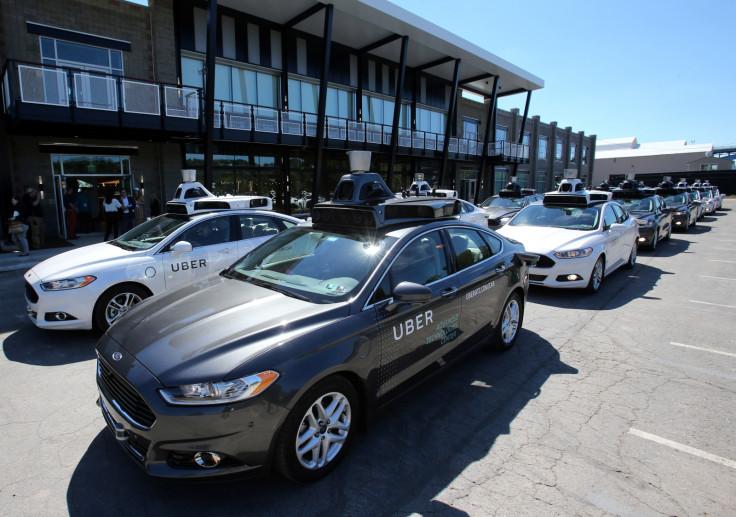This is how robotic cars can easily fix our terrible motorway driving
Experiment by University of Illinois finds human driving is improved by adding autonomous cars to the roads.

If just 5% of cars on the roads were autonomous, then stop-stop ''phantom traffic jams'' caused by humans would disappear, an experiment has found.
Research conducted by a team at the University of Illinois revealed that a single autonomous car maintaining a constant speed can help the following 19 human drivers to reduce unnecessary accelerating and braking, improving traffic flow and cutting fuel consumption by up to 40%.
Daniel Work, assistant professor at the university and a lead researcher in the study, said: "Our experiments show that with as few as 5% of vehicles being autonomous and carefully controlled, we can eliminate stop-and-go waves caused by human driving behaviour."
The experiment involved telling 19 human drivers to drive around a circular test track and follow the car in front. Under normal conditions, the human drivers were found to naturally create stop-start traffic, or ''phantom traffic jams'', when there is no change in speed limit, traffic density, or a reduction in the number of lanes.
But when researchers began controlling the pace of the 20th vehicle lapping the circuit, an autonomous car, the human drivers improved and traffic flow was smoothed out. As the publication Phys.org explains: "For the first time, researchers demonstrated experimentally that even a small percentage of [autonomous] vehicles can have a significant impact of the road, eliminating waves and reducing the total fuel consumption by up to 40%...the researchers found that conceptually simple and easy to implement control strategies can achieve the goal."
Jonathan Sprinkle, who was involved in the study, said: "Before we carried out these experiments, I did not know how straightforward it could be to positively affect the flow of traffic. I assumed we would need sophisticated control techniques, but what we showed was that controllers which are staples of undergraduate control theory will do the trick."
The experiment helped to demonstrate that, despite companies like Tesla, Ford and Uber ploughing ahead with evermore sophisticated self-driving car prototypes, systems currently on sale, like adaptive cruise control, lane-keep assist and Tesla's Autopilot, can work to significantly reduce phantom traffic jams and fuel consumption. Making vehicles with these features talk to each other to better manage motorway driving is the next obvious step.
Benedetto Piccoli, who also worked on this project, said: "Fully autonomous vehicles in common traffic may be still far away in the future due to many technological, market and policy constraints. However, increased communication among vehicles and increased levels of autonomy in human-driven vehicles is in the near future."
© Copyright IBTimes 2025. All rights reserved.






















